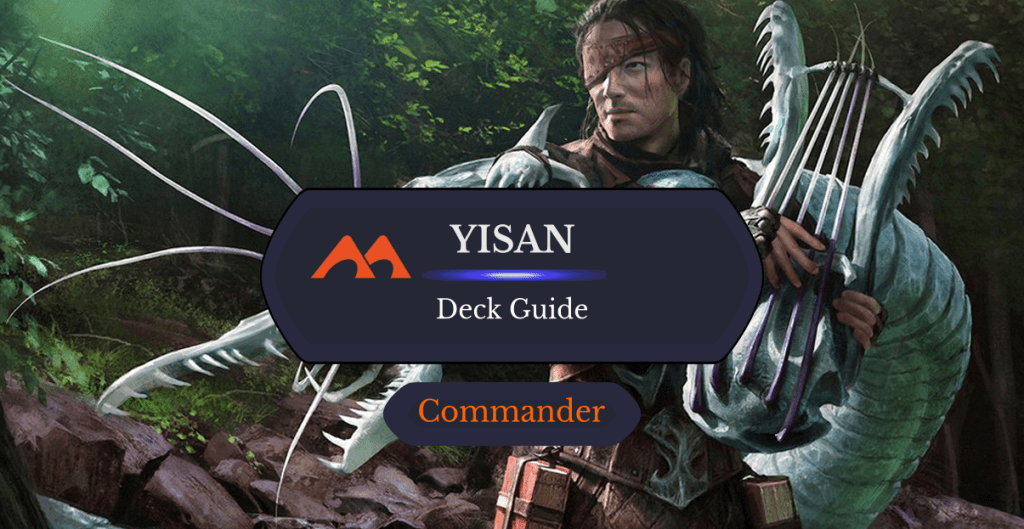
Yisan, the Wanderer Bard | Illustration by Chase Stone
Remember when some people were convinced that mono-green was a terrible color for Commander and Magic in general? Nowadays it’s settled down a bit, but if you were playing a couple of years ago, you remember the absolute horror of facing down decks that dropped things like Questing Beast or Kogla, the Titan Ape on turn 3. Well, this deck doesn’t play exactly like that, but hey! It does play both of those cards!
Yisan, the Wanderer Bard is far from the best or strongest commander for mono-green decks, but it’s definitely a fun one. So let’s take a look at the deck and see what makes it fun.
The Deck

Collector Ouphe | Illustration by Filip Burburan
Commander (1)
(1 drop creatures) (9)
Haywire Mite
Allosaurus Shepherd
Arbor Elf
Elvish Mystic
Fyndhorn Elves
Llanowar Elves
Quirion Ranger
Ulvenwald Tracker
Wirewood Symbiote
(2 drop creatures) (4)
Collector Ouphe
Gala Greeters
Scavenging Ooze
Scryb Ranger
(3 drop creatures) (8)
Augur of Autumn
Circle of Dreams Druid
Eternal Witness
Loaming Shaman
Manglehorn
Reclamation Sage
Wood Elves
Dosan the Falling Leaf
(4 drop creatures) (6)
Beast Whisperer
Karametra's Acolyte
Temur Sabertooth
Questing Beast
Saryth, the Viper's Fang
Toski, Bearer of Secrets
(5 drop creatures) (8)
Acidic Slime
Elder Gargaroth
Seedborn Muse
Silverback Elder
Ashaya, Soul of the Wild
God-Eternal Rhonas
Ojer Kaslem, Deepest Growth
Ohran Frostfang
(6 drop creatures) (6)
Bane of Progress
Pathbreaker Ibex
Vigor
Woodland Bellower
Kodama of the East Tree
Kogla, the Titan Ape
(7 drop creatures) (1)
(8+ drop creatures) (5)
Craterhoof Behemoth
End-Raze Forerunners
Ghalta, Stampede Tyrant
Artisan of Kozilek
Ghalta, Primal Hunger
Instant (8)
Beast Within
Chord of Calling
Heroic Intervention
Ram Through
Reclaim
Tail Swipe
Vitalize
x Worldly Tutor
Enchantment (2)
In Search of Greatness
Kenrith's Transformation
Artifact (6)
Arcane Signet
Birthing Pod
Emerald Medallion
Patriar's Seal
Sol Ring
Swiftfoot Boots
Sorcery (5)
Eldritch Evolution
Finale of Devastation
Genesis Wave
Green Sun's Zenith
Natural Order
Land (31)
Forest x22
Castle Garenbrig
Command Beacon
Command Tower
Oran-Rief, the Vastwood
Reliquary Tower
Tranquil Thicket
Boseiju, Who Endures
Nykthos, Shrine to Nyx
Yavimaya, Cradle of Growth
Since this is a Pod-style deck, I grouped the creatures by their mana value in order to make it easier to know what you can fetch with your commander on each of its activations.
The Commander: Yisan, the Wanderer Bard
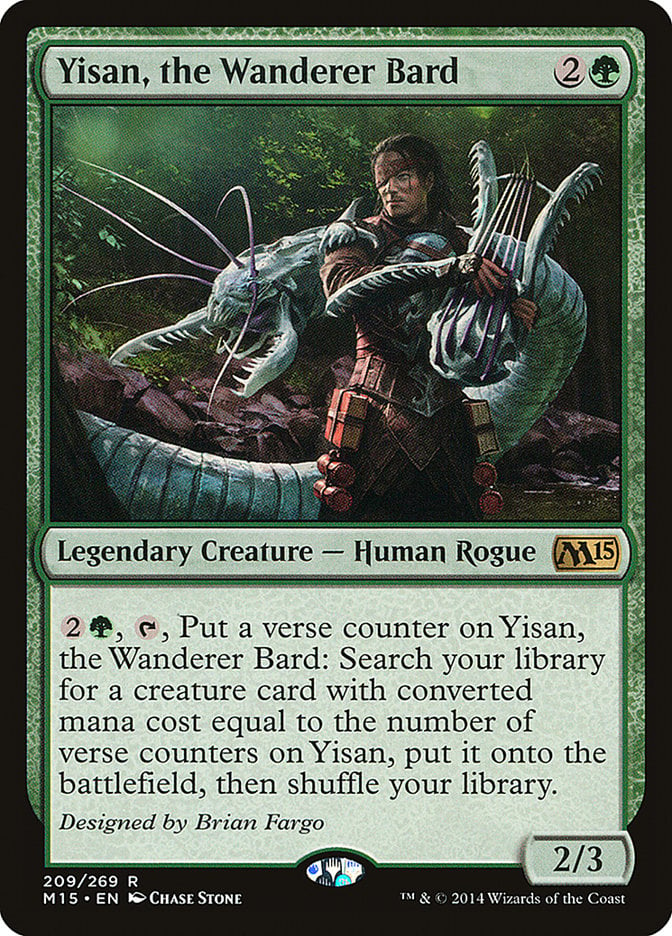
I personally like Yisan, the Wanderer Bard for a couple of reasons. The most basic one is that I simply find its design appealing, both aesthetically and mechanically. It’s a fun card that fits right into the green color identity. It’s a fun way to play with the Birthing Pod archetype, but turning it into a more casual mechanic.
This commander does have one particular thing to consider: It’ll need you to sink at least 3 mana into its ability each turn. If you don’t, it’ll never really get you the best cards it possibly can, which makes it a somewhat pointless commander.
There are ways to get around this, and it’s important to keep in mind that every time you sink mana into Yisan, you’re putting a creature directly onto the battlefield, with increasing returns each turn.
All of this essentially makes this deck a collection of creatures with various mana costs, to ensure you (almost) always have something to fetch with Yisan, the Wanderer Bard.
1-Drop Creatures
Let’s start with the most basic cards you’ll be fetching with your commander. Most of them are mana dorks like Llanowar Elves and Elvish Mystic. The few exceptions are utility cards: Wirewood Symbiote and Quirion Ranger open up the possibility of activating your commander’s ability more than once in a single turn, which can be particularly strong once you’ve placed a few counters on it.
Ulvenwald Tracker is arguably the closest we can get to targeted removal on a stick in mono-green; Allosaurus Shepherd is mainly here to prevent counters, but since the deck has a handful of elves, it’s second ability is also more than welcome. Finally, we have Haywire Mite because any proper EDH deck needs ways to remove enchantments and artifacts.
2-Drop Creatures
Gala Greeters and Scavenging Ooze are long-term investments in this deck, since they can both get pretty big if played right; they also have the additional utilities of creating Treasure and removing annoying graveyard cards, respectively.
Collector Ouphe and Scryb Ranger both reinforce utilities mentioned previously, like handicapping your opponents’ artifacts and untapping your commander.
3-Drop Creatures
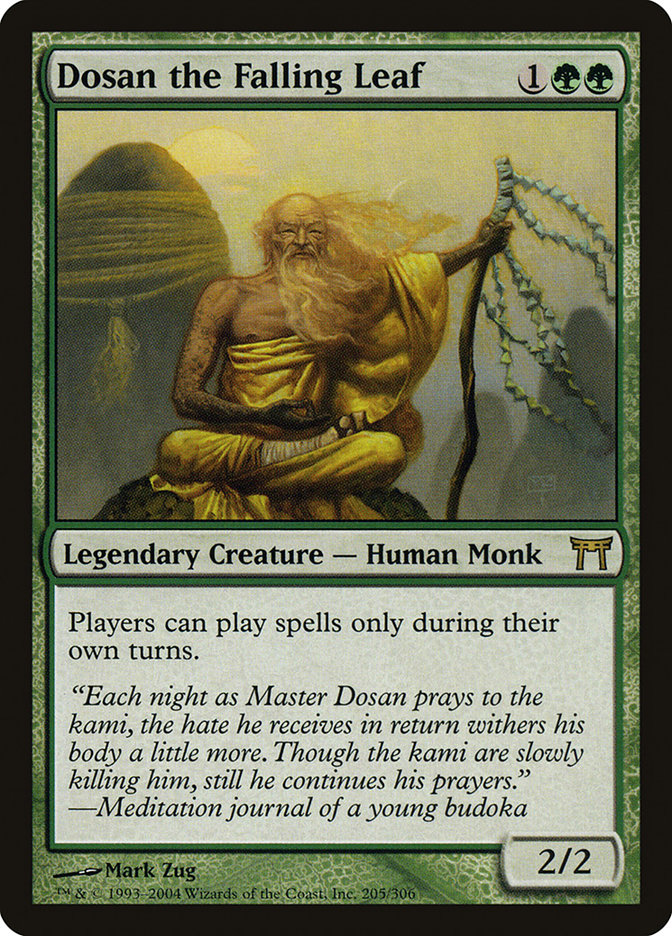
Most of the creatures in this category are pretty self-explanatory. Some targeted removal for enchantments and artifacts, a couple of mana dorks and some ramp, and some graveyard recovery cards.
Dosan the Falling Leaf serves as a way to counter control decks, putting a stop against counters and other dangerous instants your opponents may play.
4-Drop Creatures
Beast Whisperer and Karametra's Acolyte are pretty self-explanatory. I don’t dare say Questing Beast is self-explanatory because reading the card doesn’t always explain the card, but we all know it’s ridiculously powerful so let’s stick to that.
Saryth, the Viper's Fang and Toski, Bearer of Secrets both bring some very strong utilities for combat. By the time you’re getting 4-drops with your commander, you’ve probably started attacking regularly, so having some extra support for combat is always welcome.
Temur Sabertooth is here not because we really care about making it indestructible, but because it can protect a creature from being destroyed in a pinch. Not to mention it’s a somewhat decent way to turn Yisan, the Wanderer Bard’s counters back to zero, if you need to.
5-Drop Creatures
Once you’re at this point, you’re gonna start dropping some of your deck’s bigger threats. Elder Gargaroth, Ohran Frostfang, and God-Eternal Rhonas all pretty much enter the battlefield as massive threats that can put some huge pressure on your opponents in combat.
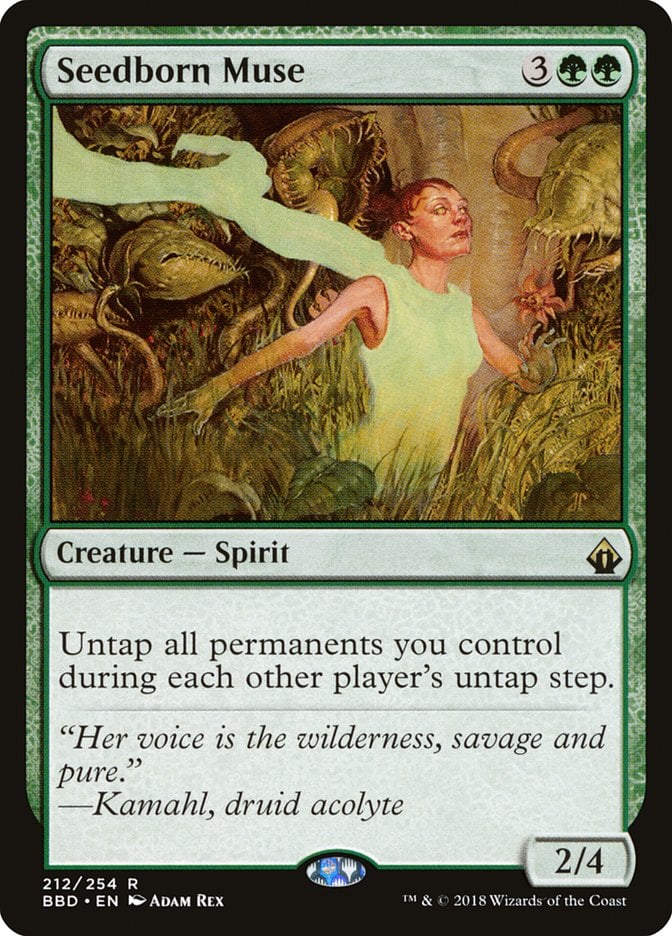
Seedborn Muse is a great card all by itself, but in this very same category we have Ashaya, Soul of the Wild; these two make an amazing pair in this deck, since making all your creatures forests and untapping them on each of your opponents’ turns allows you to activate your commander an absurd amount of times.
6-Drop Creatures
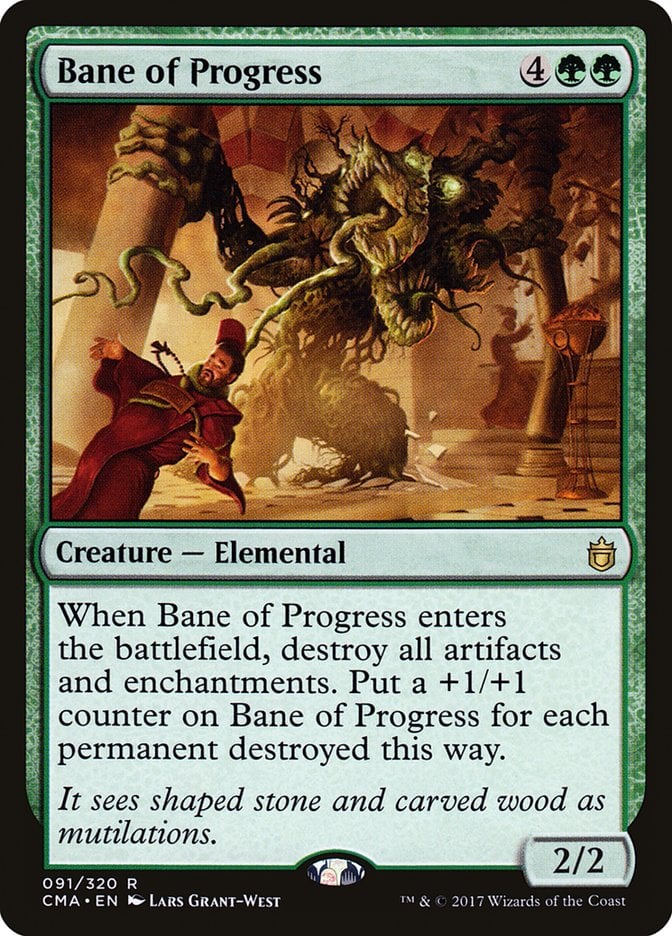
If the previous step included big threats, this one pretty much aims at game-breakers. Bane of Progress can absolutely obliterate players with decks focused on artifacts or enchantments, but it’s also a huge threat to any deck that has tons of Treasures or playing tons of utility cards; all while making itself huge in the process.
Pretty much all of the other creatures here are big, menacing, enablers for combat so you can overrun your opponents.
7-Drop Creatures and Above
By the time you’re fetching any of these creatures with your commander, it should be to finish out the game. Either because most of your opponents are already out and you can overrun the remaining ones, or because your boardstate is strong enough to cause some major damage. Craterhoof Behemoth and End-Raze Forerunners in particular are here to finish games. You should only play these two if your boardstate is big and you’re sure enough that you can end the game with a single swing.
Ghalta, Stampede Tyrant and Artisan of Kozilek take it just a little bit slower, meaning you’ll have to survive an entire cycle before you can properly take out your opponents. These are ideal for when you only have one, or at most two opponents left. That way, the number of possible threats is at its minimum.
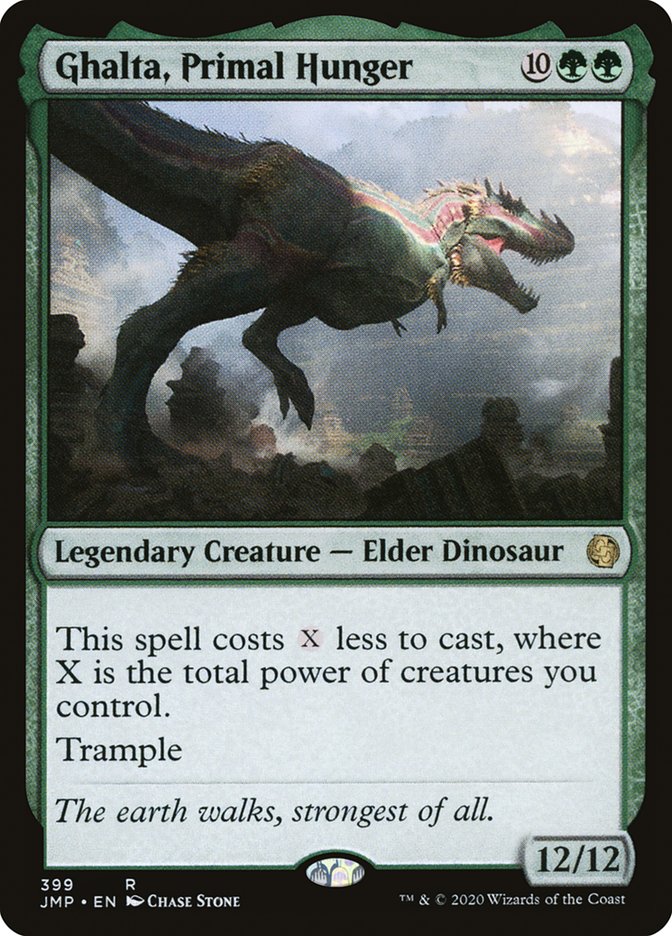
Ghalta, Primal Hunger is arguably the only card in this section that you won’t have much trouble playing from your hand instead of with your commander, since it’s not all that hard to stack up a total of 10 power between creatures you control. It’s nonetheless a very big threat when played.
Interactions
Since green isn’t all that great at targeted removal, the deck runs a handful of cards that allow your creatures to fight against your opponents’ creatures. This way, you can take out some big threats with relative ease, considering you aim to have some relatively big creatures out early on.
Kenrith's Transformation and Beast Within also help with the targeted removal, and are arguably best to save if you know someone might play any indestructible targets.
Additional Tutors and Pod Engines
Even though Yisan, the Wanderer Bard is a really fun engine by itself, it can’t be the only card our deck depends on for fetching or tutoring creatures.
Chord of Calling, Finale of Devastation and Green Sun's Zenith allow you to grab anything you may desperately need from your deck and put it on the field. A ton of decks use these cards to search for game-ending pieces, but here they can also be useful to find utility creatures.
Your commander should somewhat ensure access to the more powerful creatures.
The deck also runs Eldritch Evolution, Natural Order, and Birthing Pod. All of these have the obvious downside of having to sacrifice a creature in order to activate them, but I’ll definitely argue that it’s worth it more often than not. Natural Order in particular can help turn a simple mana dork that may have outlived its usefulness into one of your game-ending creatures.
The Mana Base
This deck runs a considerable number of mana dorks since it has such a strong focus on creatures. A few of them also add more than 1 mana each time you activate them, to ensure your mana-production capacity grows exponentially.
Pretty much all of the lands are either basic Forests or lands with some kind of additional utility.
The Strategy
The base strategy for this deck is a simple one: Play your commander as early as possible, start dumping mana into its ability any time you get the chance, build a field of useful and huge creatures, profit. If this sounds like a silly and over-simplified strategy, it’s because it is. This is a silly and (mostly) simple deck.
Most of the complexity comes from deciding what to fetch with your commander, to ensure you get whatever proves more useful in the long run. This is especially true for the lower mana value drops. Most of the big ones are just heavy hitters and that’s that, but sometimes you’ll have to choose between things like Manglehorn to slow down your opponents or a Augur of Autumn to help you ramp up. Once you get good at evaluating the boardstate and your needs, the rest is considerably easier.
Combos and Interactions
Most of the deck’s interactions are centered around two things: being able to activate your commander’s ability as often as possible, and being able to take down your opponents as fast and as brutally as possible.
I think most of the interactions are pretty straightforward: Cards that allow you to untap creatures, cards that give out big bonuses for combat, etc. They’re all mostly obvious. Some that I’d like to mention in particular in case they’re not as obvious are:
Scavenging Ooze isn’t good just because it can get itself bigger, but also because it’s able to remove big threats out of the graveyards; Temur Sabertooth, as I mentioned before, doesn’t just make itself indestructible but can also protect another creature from targeted removal or a combat gone wrong; Saryth, the Viper's Fang has a good combo of abilities since it makes all of your attacking creatures much bigger threats, it protects your untapped creatures, and it can also untap your commander either for protection or additional activations.
In terms of combos, the only combos the deck has are “play big creatures and overrun your opponents.” If you have Saryth, the Viper's Fang in play, you have a good amount of creatures, and you play Craterhoof Behemoth, you suddenly have a bunch of massive creatures that only need to deal a single damage to blocking creatures and the rest goes straight to your opponents’ faces. Same thing goes for End-Raze Forerunners. They’re not truly combos in the technical sense, but they can pretty much help you end the game in one big swing.
Rule 0 Violations
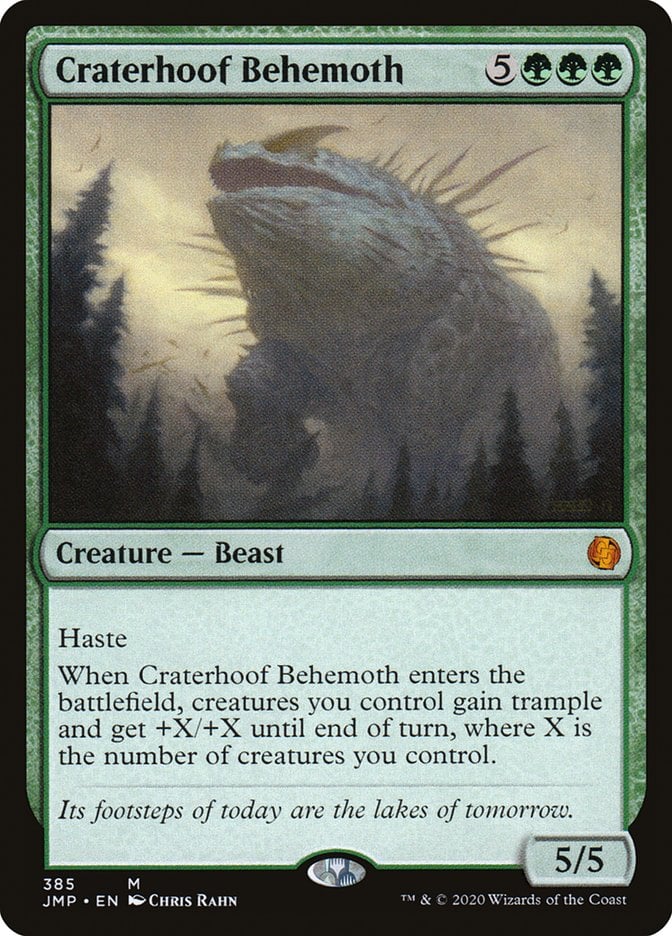
As far as I’m aware, none of the cards in this deck break any universal Rule 0s. Some playgroups I know have a ban on Craterhoof Behemoth because they consider it unfun, but I honestly think if you have a huge boardstate and you sink 8 mana into a game-ending swing, that’s more than fair. Decks need to have wincons, after all.
In any case, make sure to check with your playgroup just in case.
Budget Options
Most of the expensive cards in this deck are either particularly strong or useful creatures. If you’re on a budget and can’t afford them, you can simply replace them with other creatures. Most of them, like Seedborn Muse, don’t really have any equivalent replacements, but there’s plenty of 5-mana creatures out there that can give you a big advantage in combat and fit right in with this deck.
I think one of the biggest issues comes with Finale of Devastation, Natural Order, and Green Sun's Zenith. All of these are particularly strong, and kinda hard to truly replace. I don’t really have any replacements that fill up that same spot, so I think it’d be safer to just fill in those spots with cards that fill other needs like additional lands, or some extra spells.
Other Builds
Some people build Yisan, the Wanderer Bard as a sort of elf-typal pod deck. I think that strategy is kinda fun, but it’s also far from the strongest possible elf-typal you could build.
An additional sub-theme that decks with this commander can have is proliferate. I personally chose not to add any proliferate cards to keep it simpler for now, but proliferate can skip some of the earlier drops to ensure you get access to some of the bigger creatures faster. This can be particularly strong if you manage it early on in the game, but you also need to be careful. After all, Craterhoof Behemoth isn’t that big of a threat if you don’t have any other cards in the field.
Wrap Up

Craterhoof Behemoth | Illustration by Chris Rahn
I really like Yisan, the Wanderer Bard as a card. I think it’s probably not as strong as it seems at first glance, but definitely a fun and relatively powerful card if you know how to play it. I’ve seen it do some really absurd fetches as part of the 99 in other decks, but I think it also deserved it’s time to shine as the commander of a deck.
But enough about what I think. What’s your opinion on this deck? Would you build it differently? Should I change something about it? Do you have any alternative builds I forgot to mention? Leave a comment letting us know! And while you’re here, make sure to pay our Discord server a visit. There you’ll find an amazing community of MTG fans to share your hobby with!
That’s all from me for now. Have a good one, and I’ll see you next time!
Follow Draftsim for awesome articles and set updates: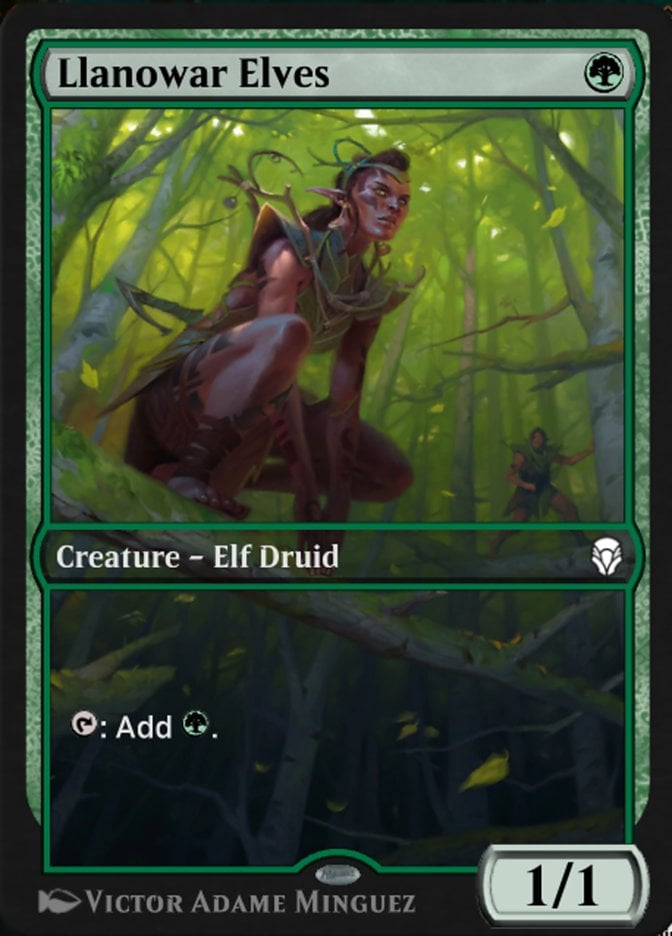
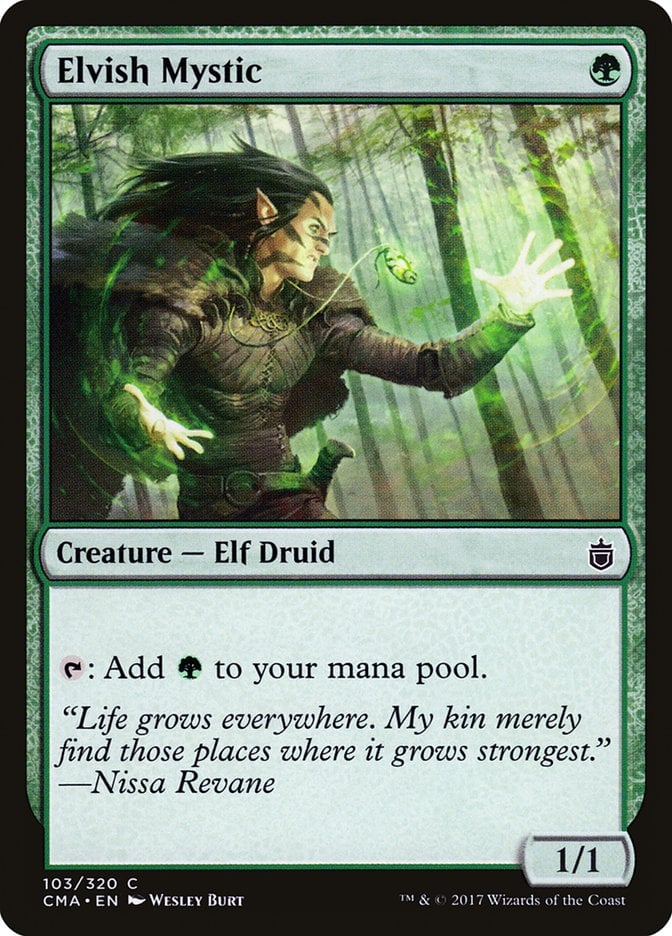


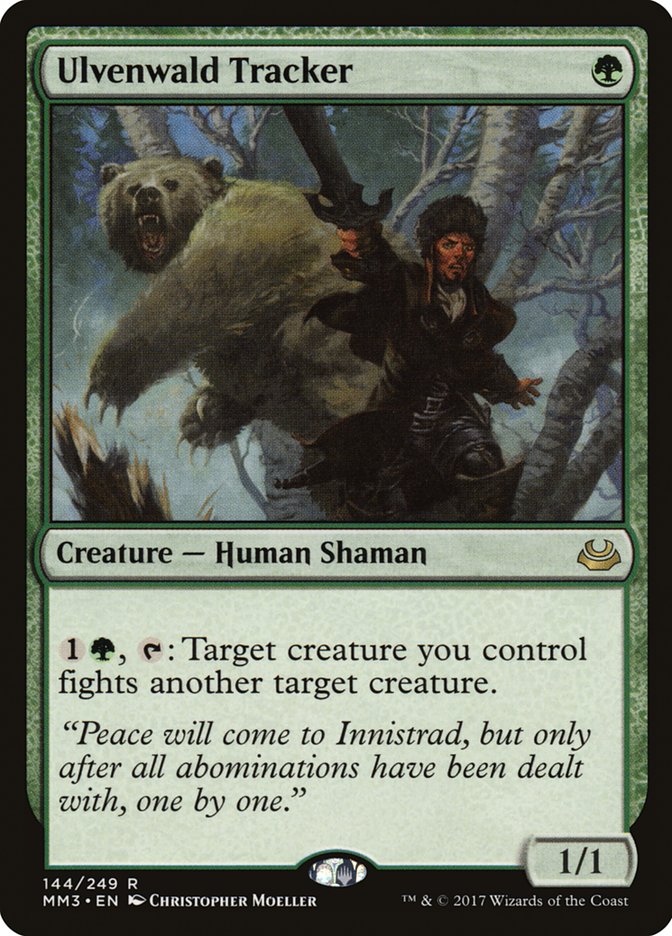

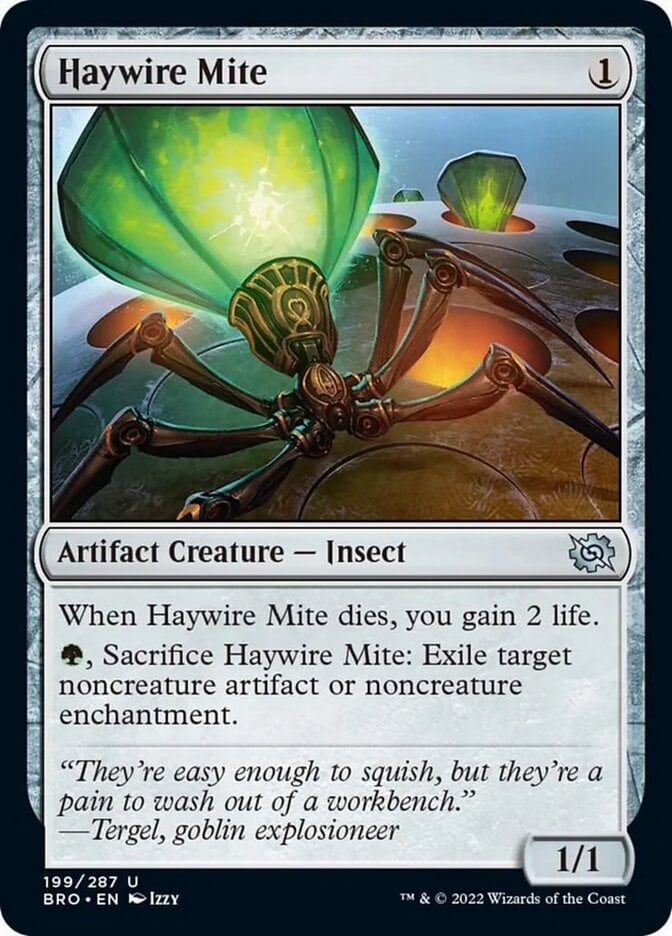
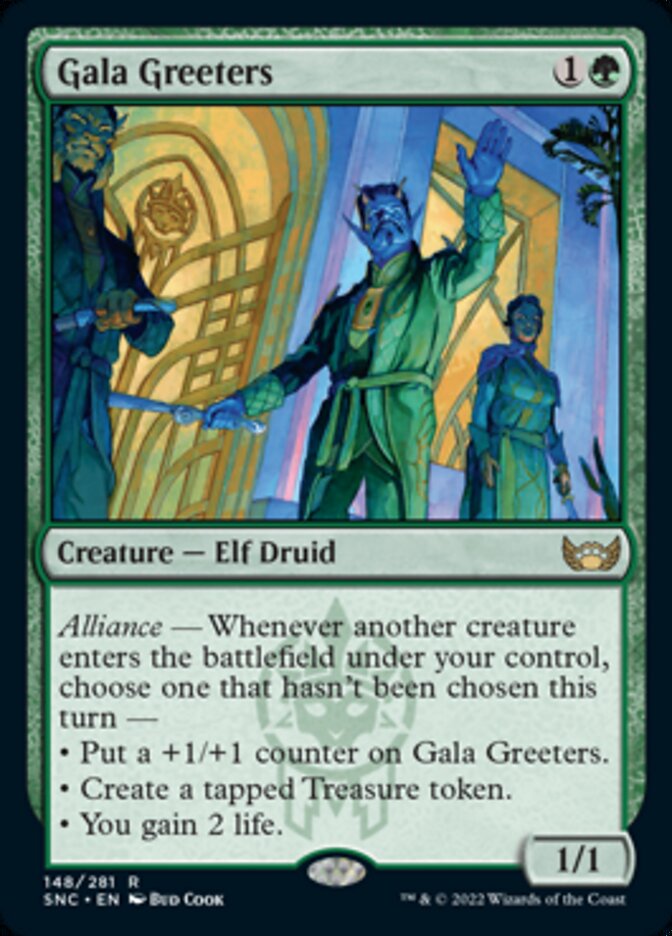
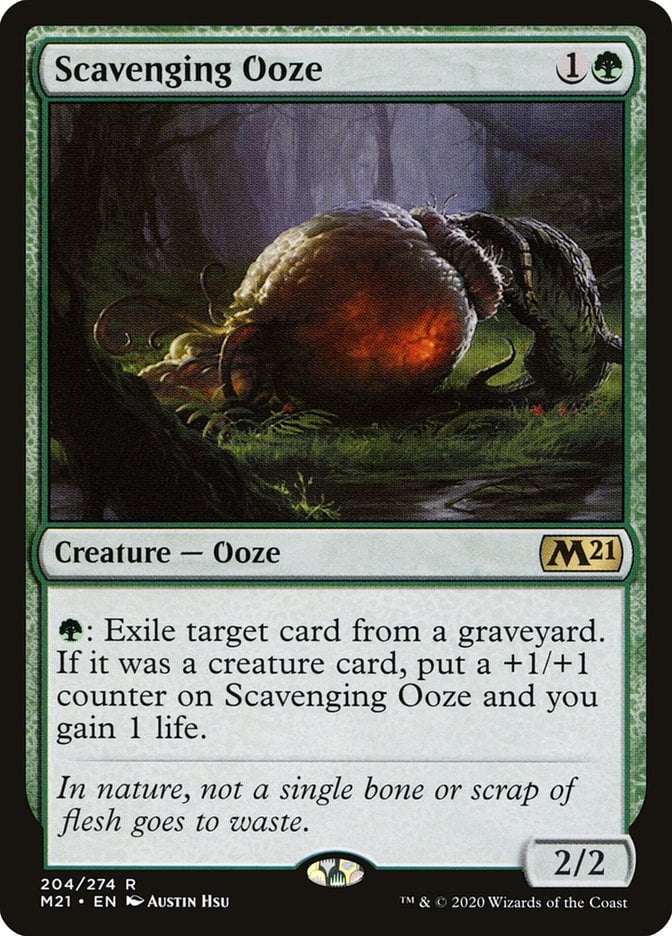
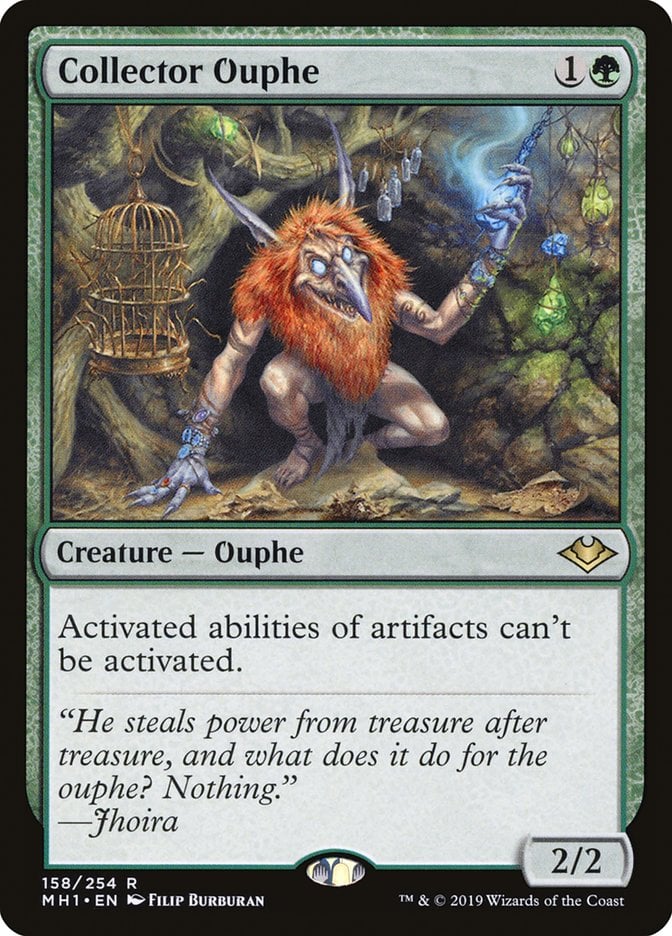
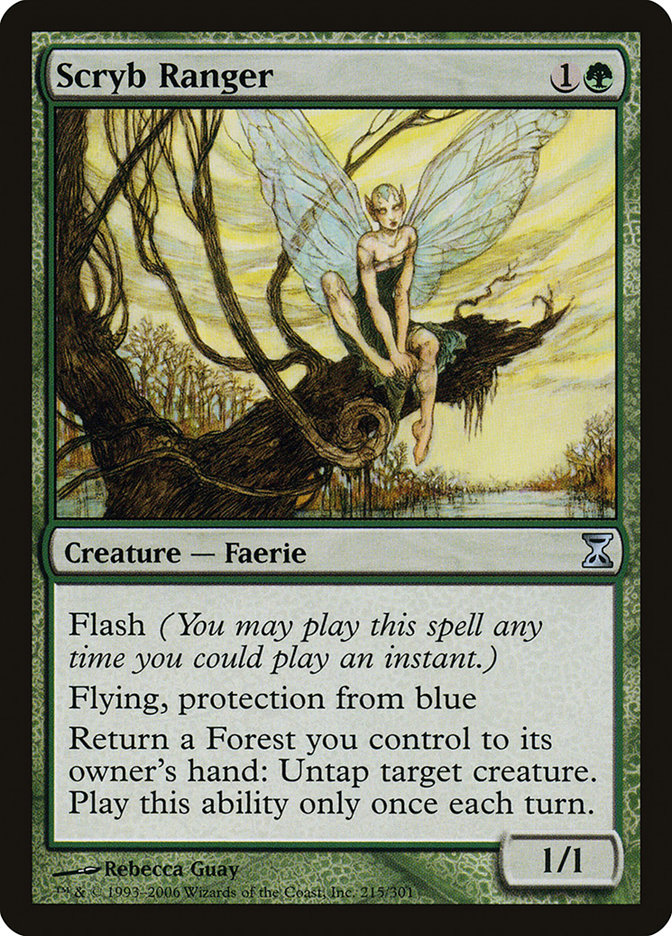
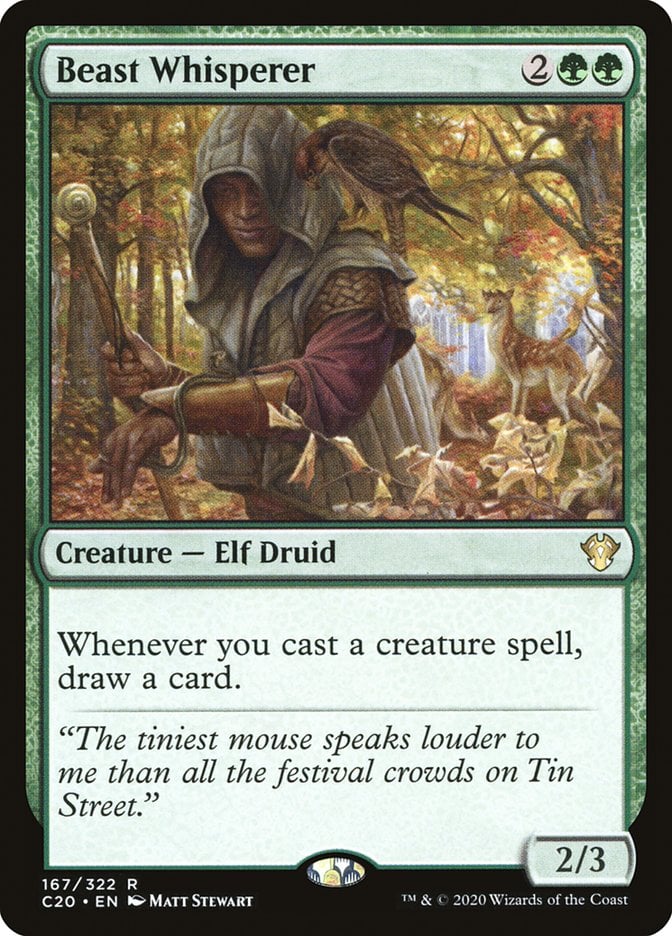
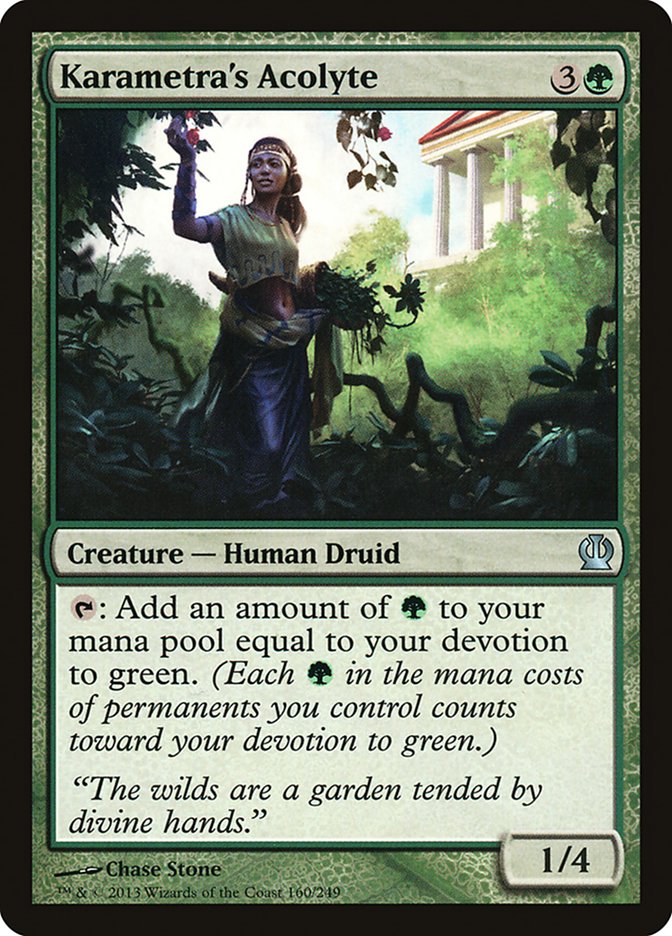
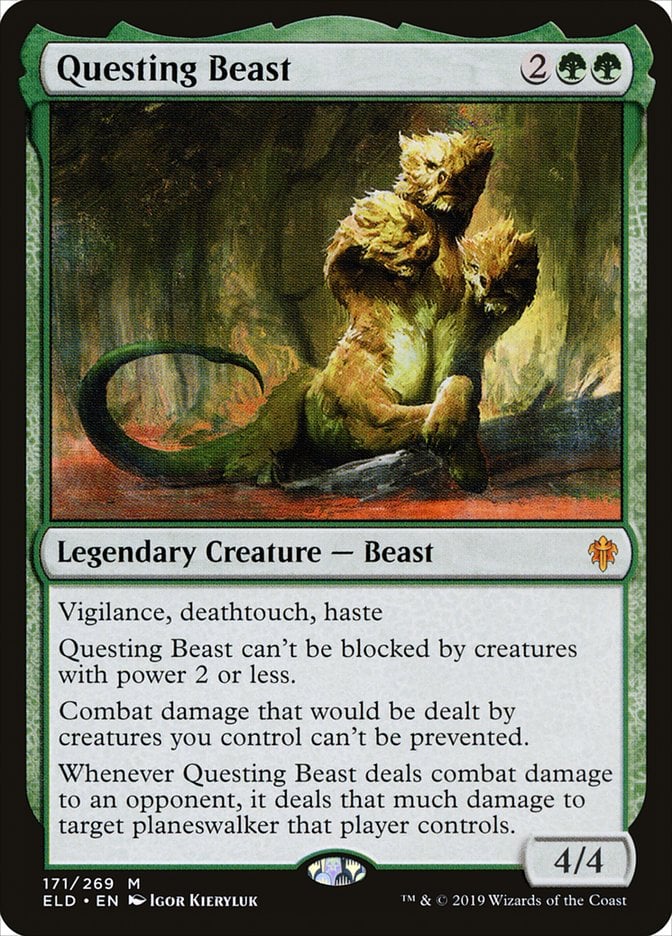
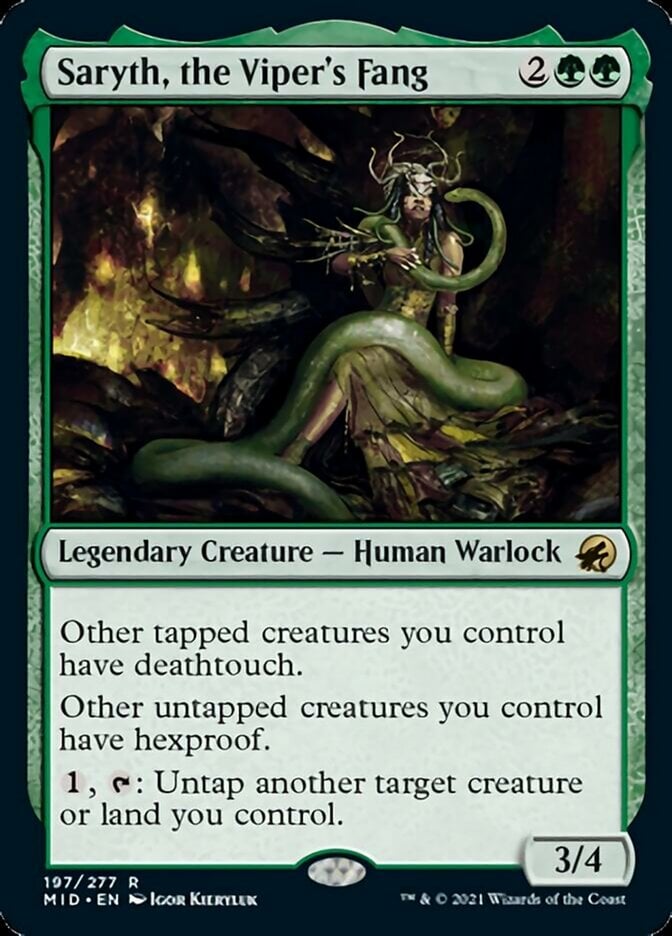
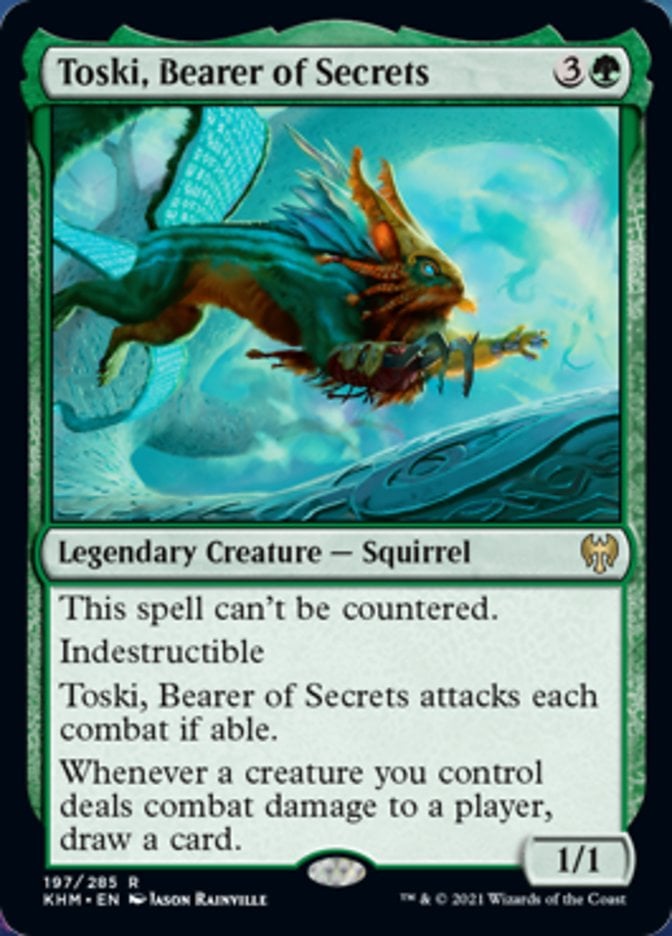
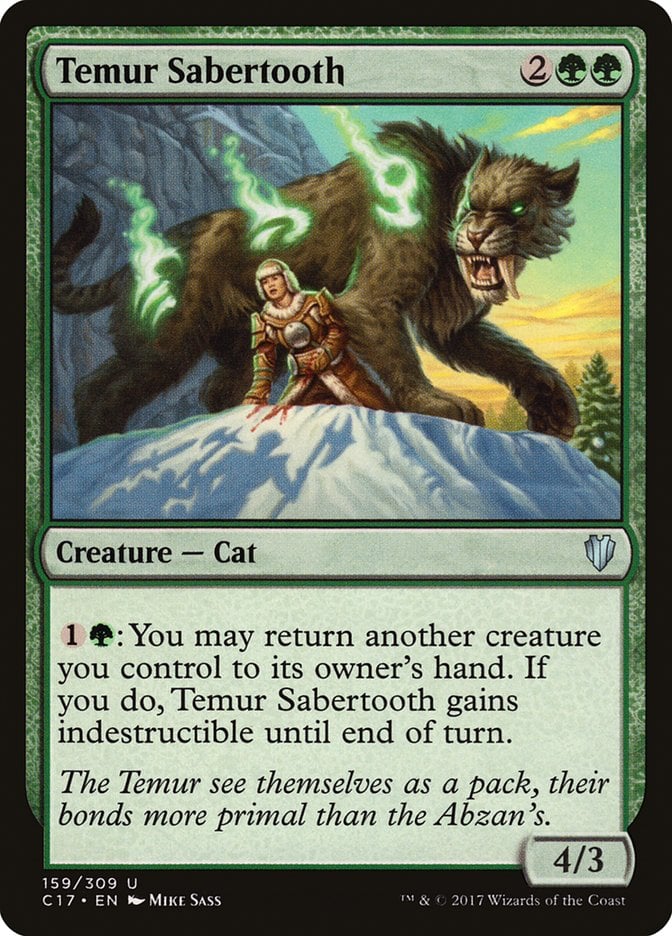
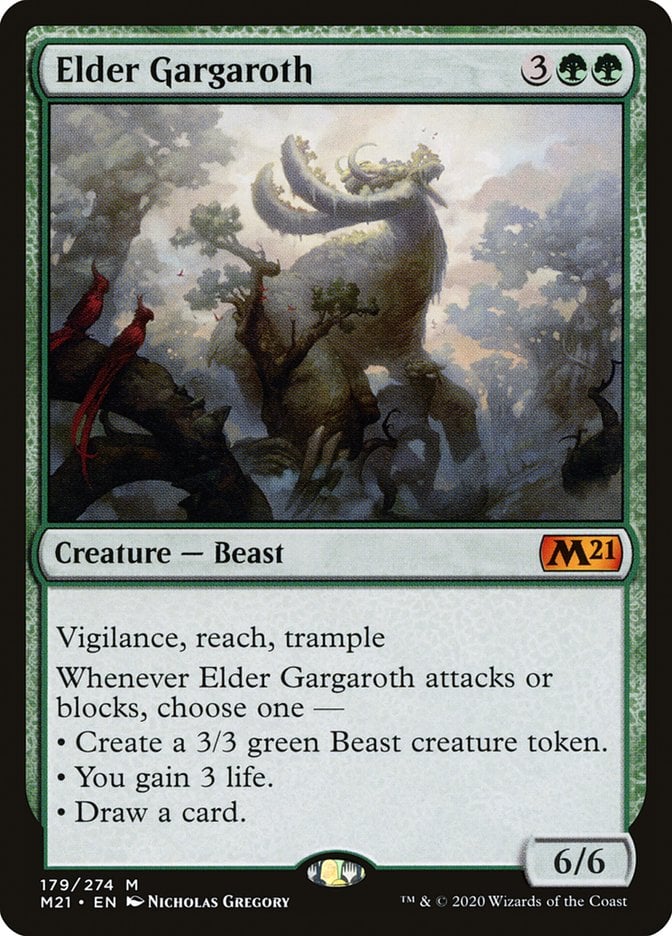
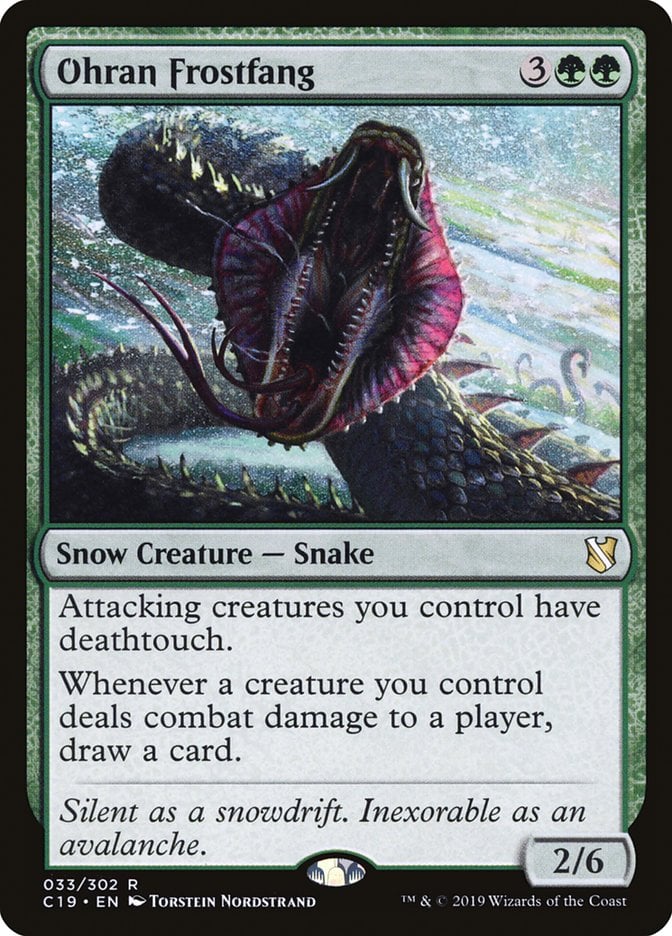
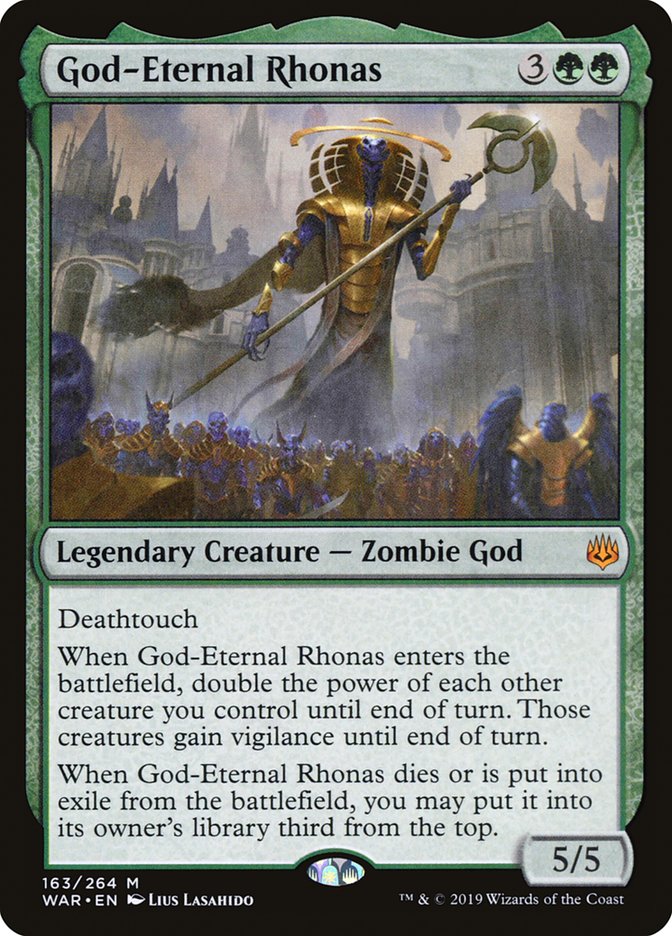

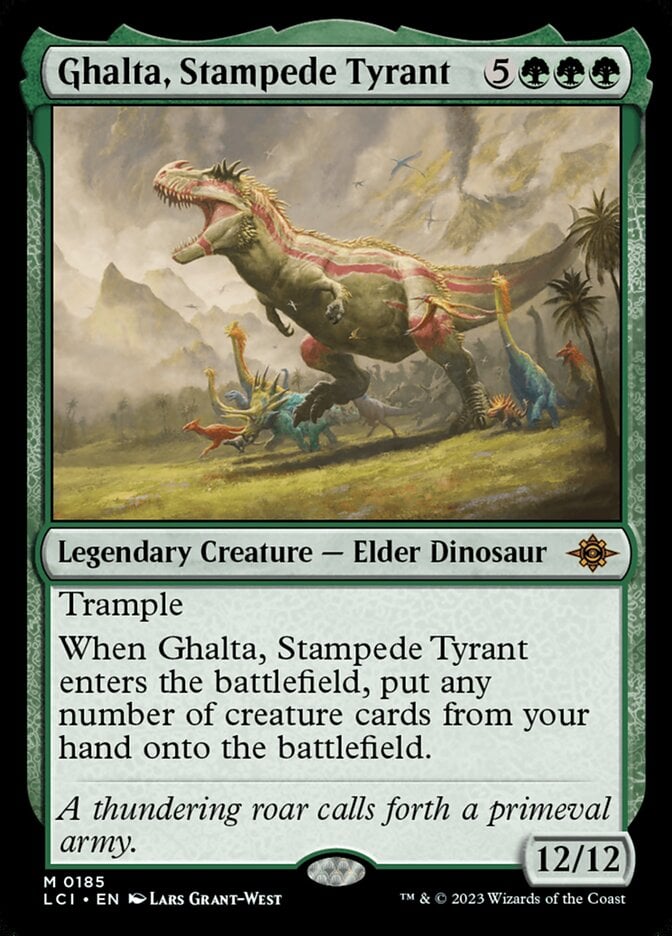
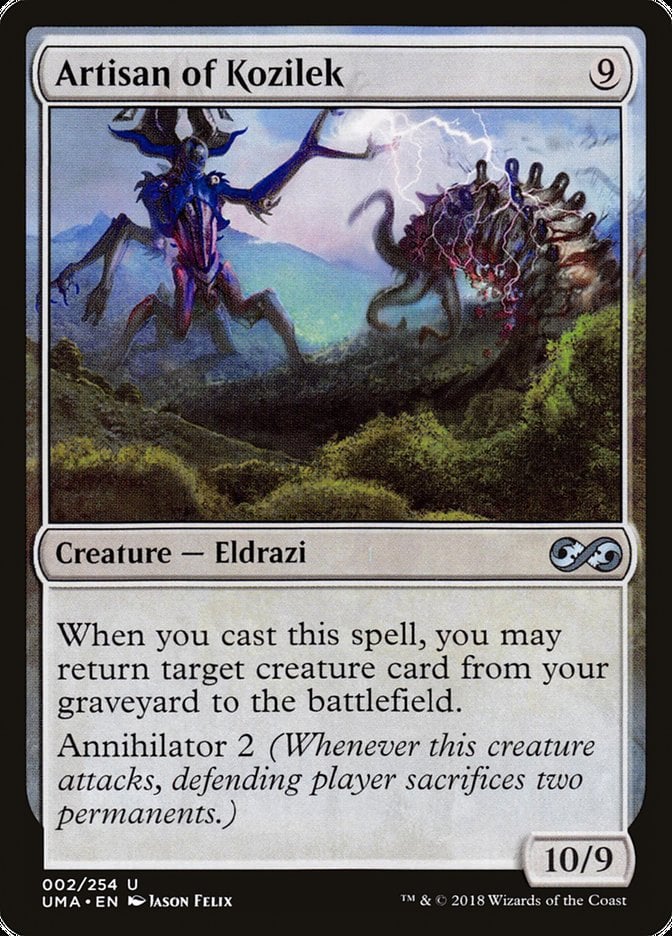



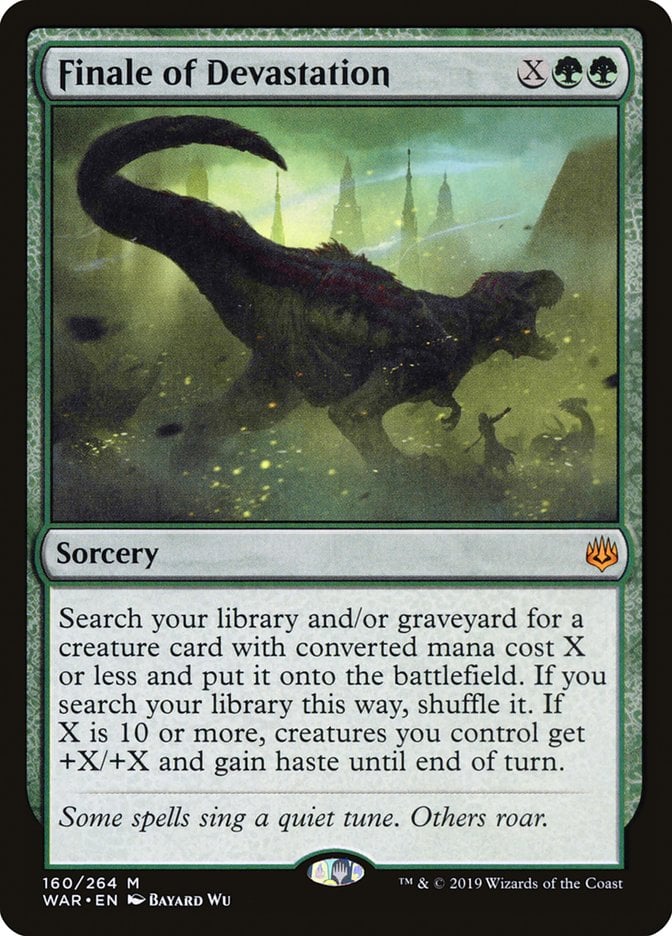
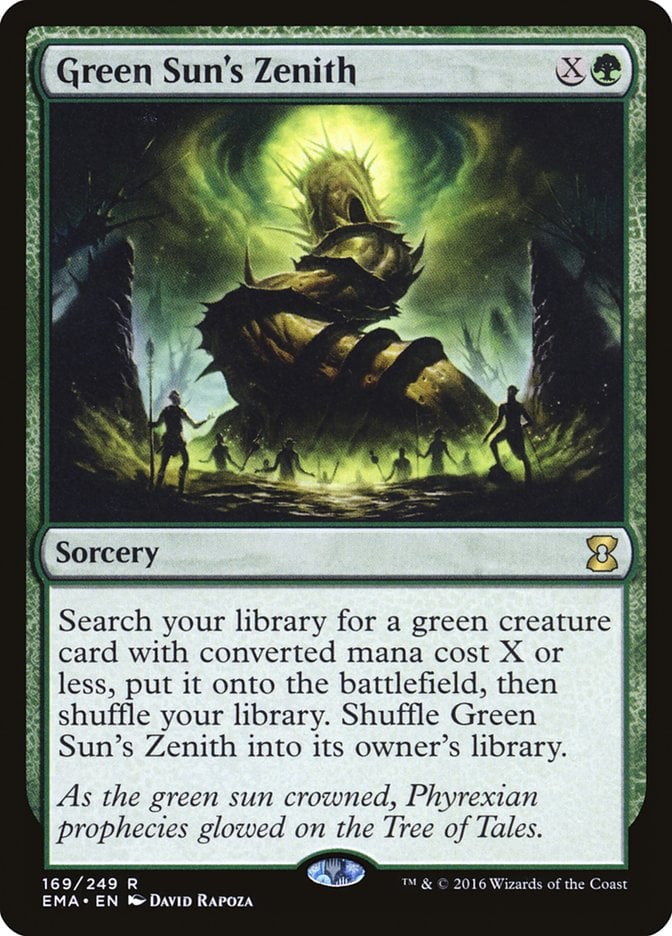




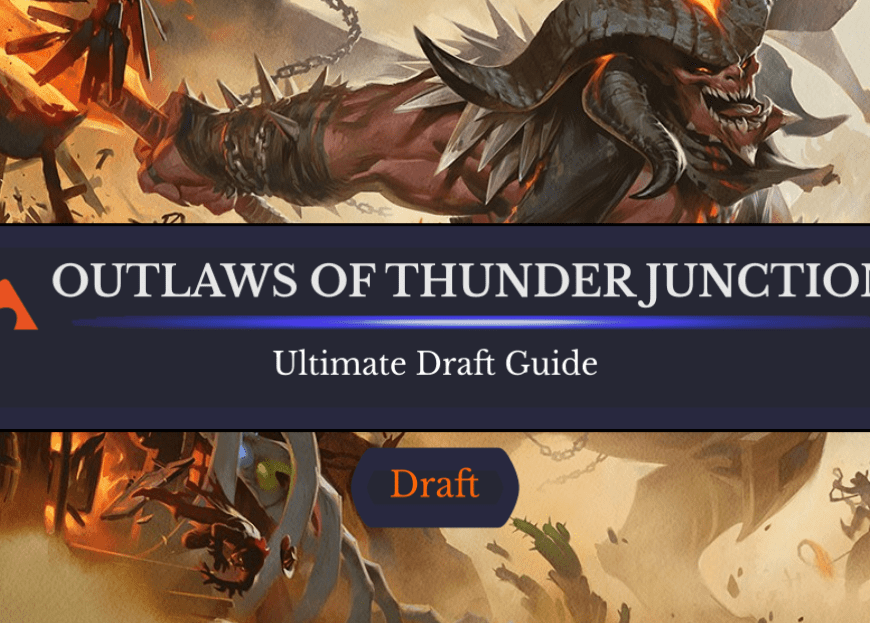
Add Comment